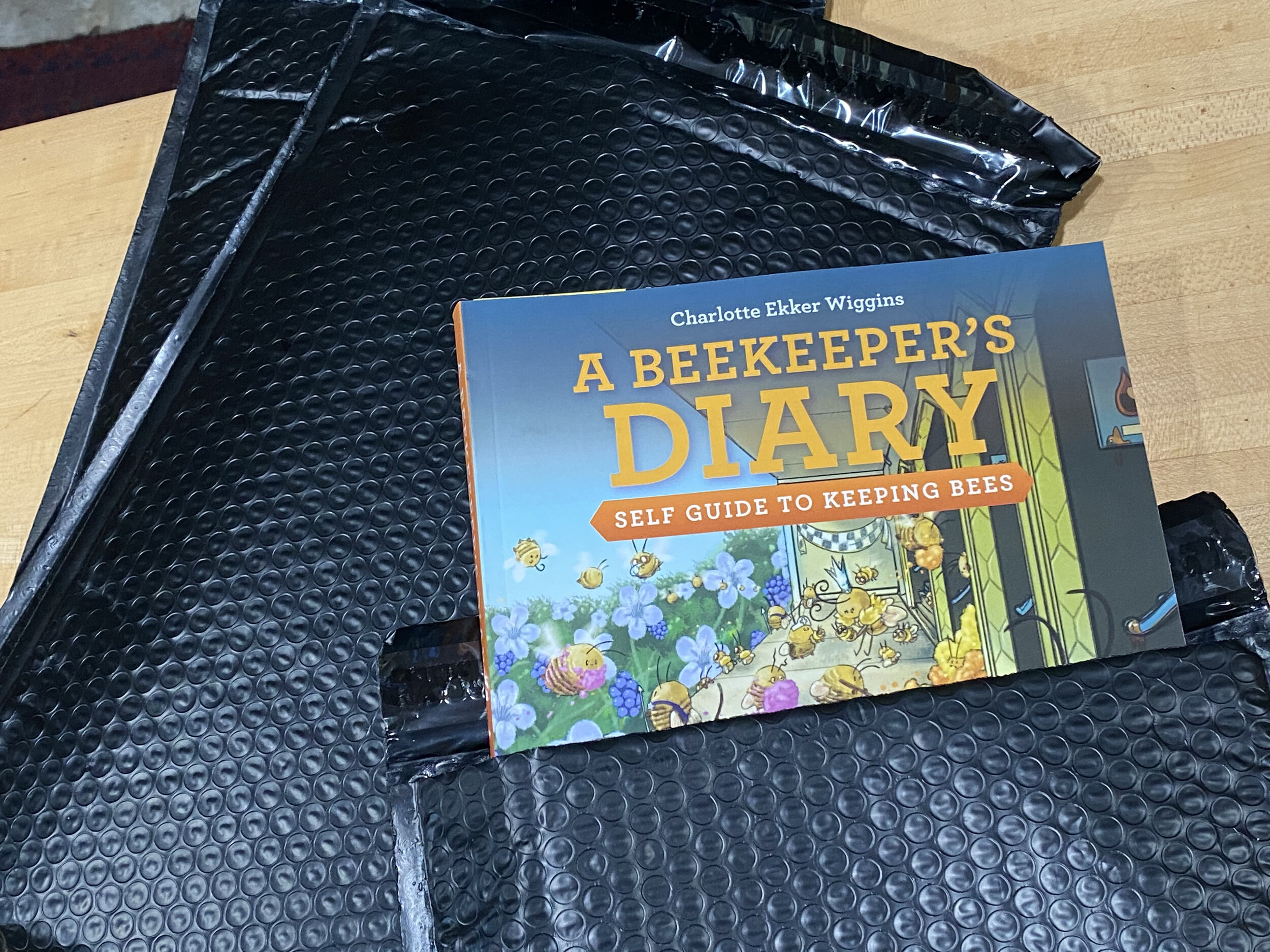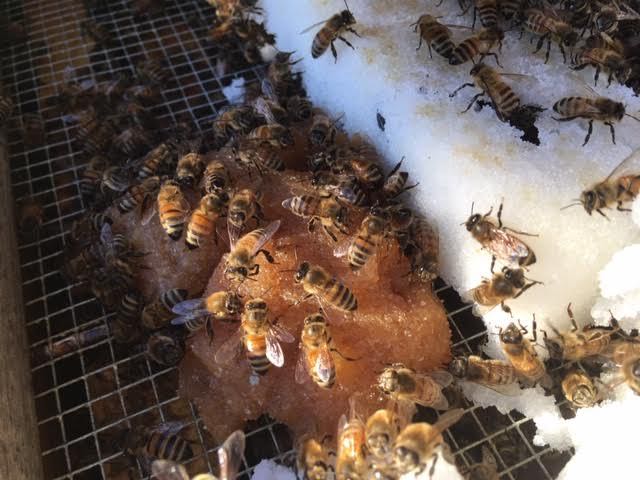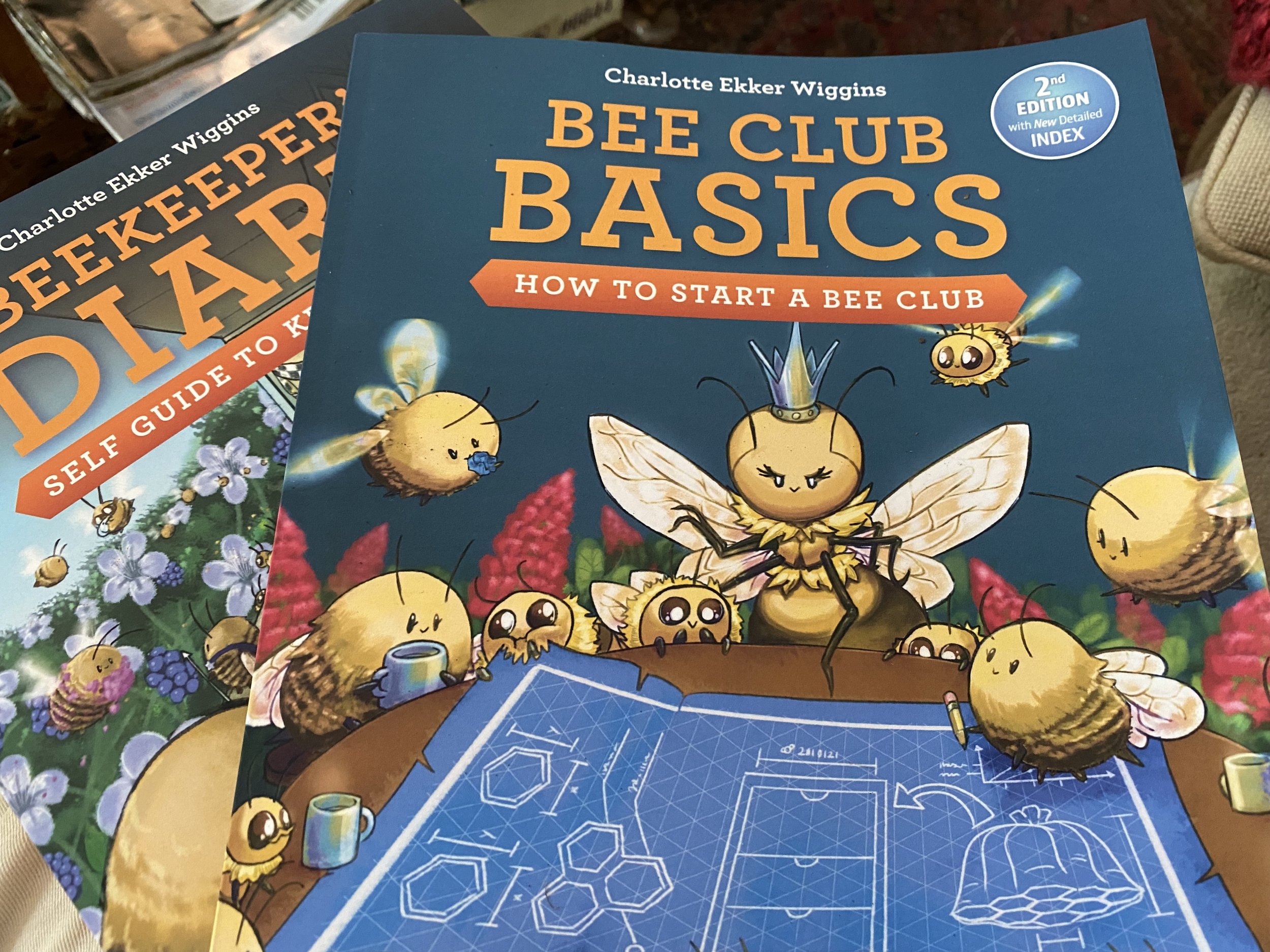August Beekeeping Chores
/August is a good time to photograph bees collecting nectar and pollen. (Photo by Charlotte Ekker Wiggins)
August Beekeeping Chores
Actually I love photographing my bees all year around but my garden seems to be their playground in August. Most established colonies have their highest populations this time of year and my garden is at its peak in blossoms, it’s the best time to find bees on flowers.
For me, August is also the beginning of winter preparations.
Assess how much nectar each colony collected during the nectar flow. I plan on leaving two medium honey supers on each colony going into winter so they don’t starve if it’s a mild winter.
If I then have extra honey, I make plans to extract.
Depending on Varroa mite levels through monitoring, I also identify Varroa mite treatment options. I don’t use chemicals but I do use formic acid and oxalic acid at the right times of the year.
If the colonies are new, feed sugar syrup to stimulate wax glands to produce wax comb.
Monitor for robbing.
If food supplies, such as nectar, in nature are low, the colonies may kick out drones and consume some of their honey stores.
If food supplies, such as protein, in nature are low, the queen may also be laying but appear to have stopped. The colony will consume eggs for protein.
8. If you need to make repairs, do them now so cold weather doesn’t catch you unprepared.
9. Inventory what plants you have growing and which ones you want to add in fall. How do you tell? Follow the bees!





































